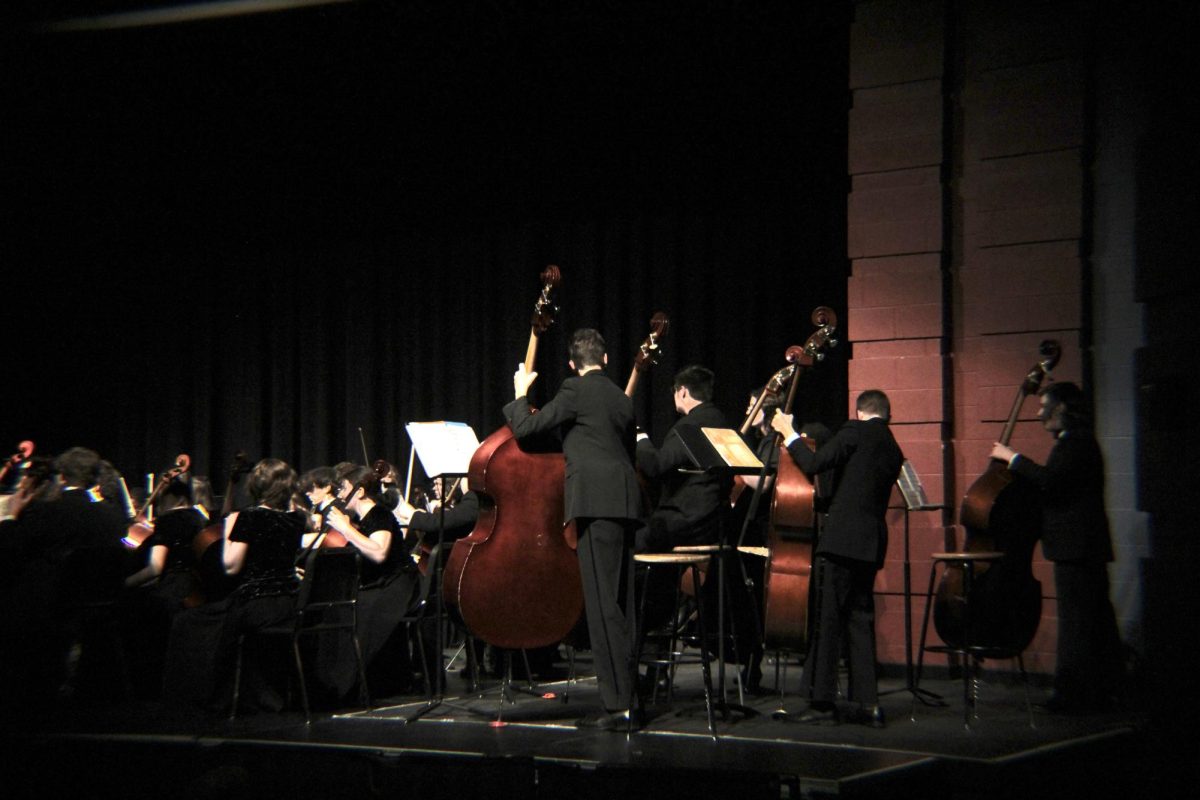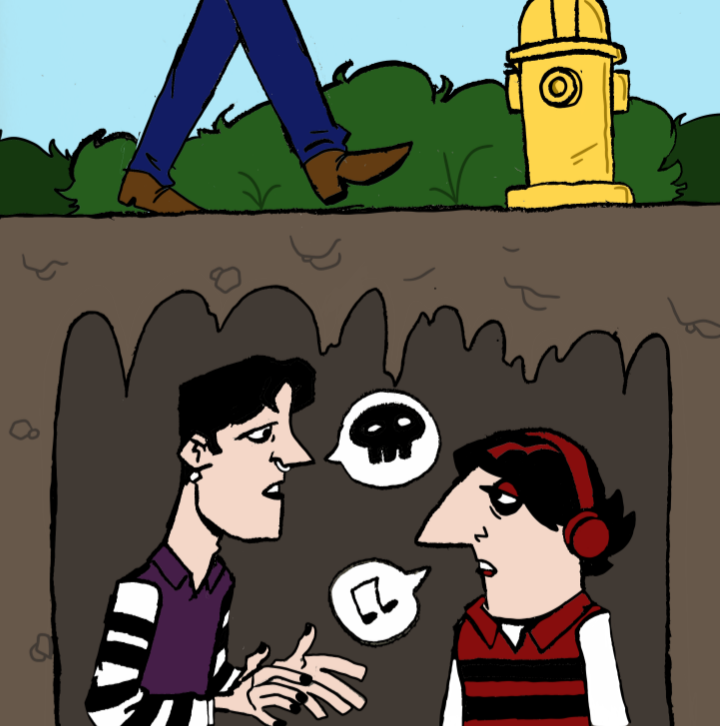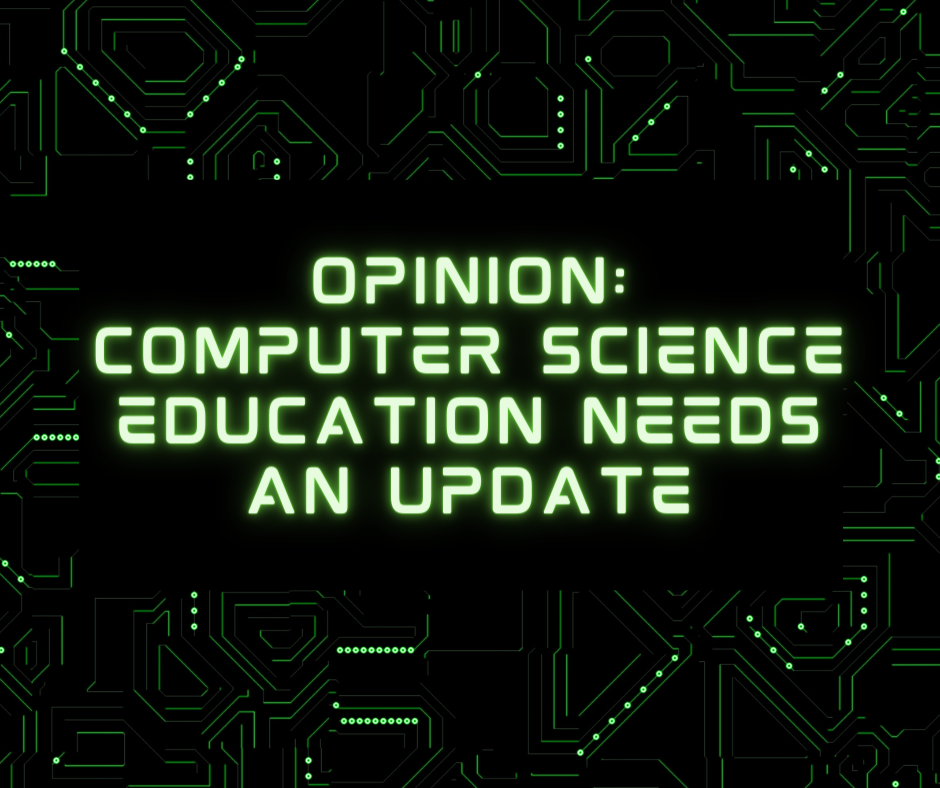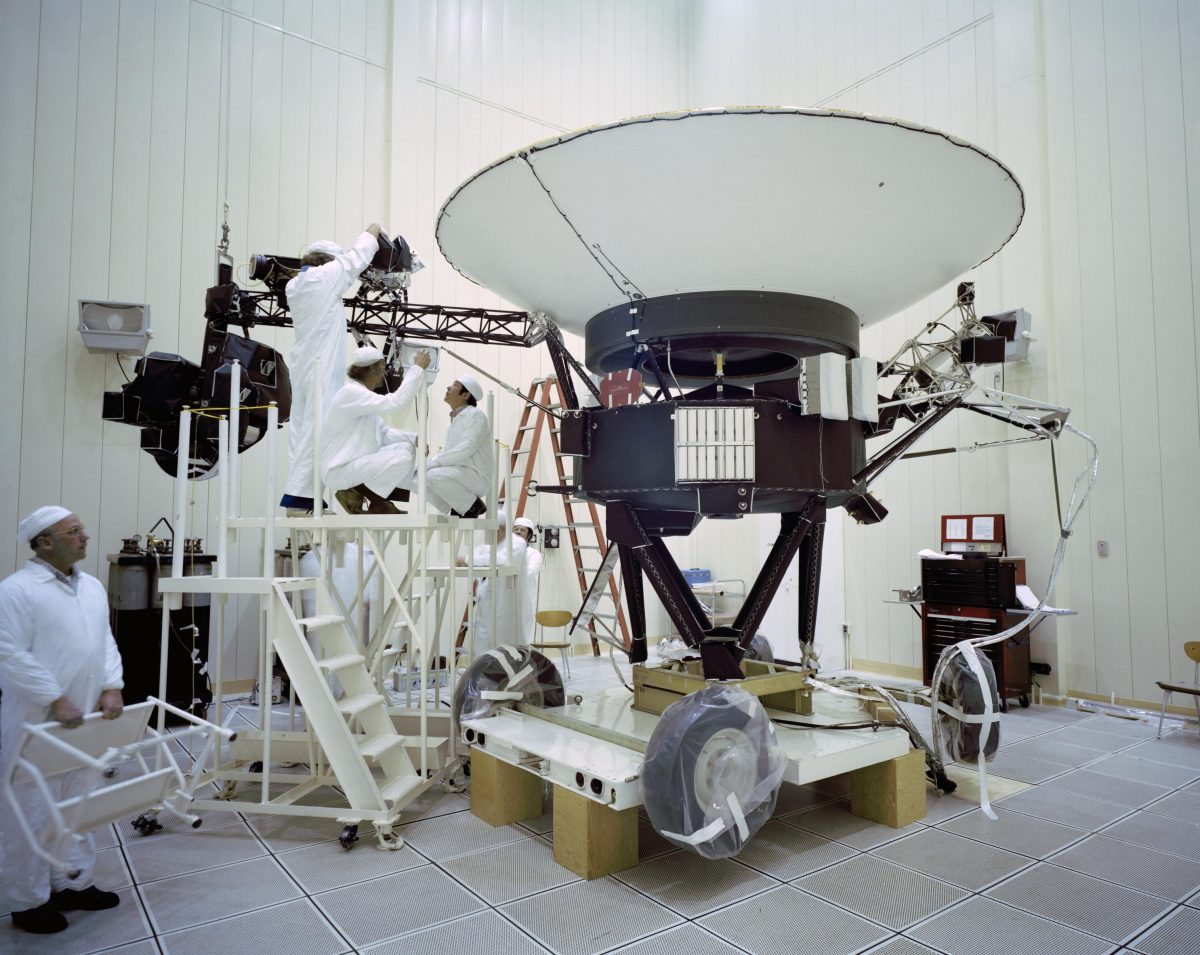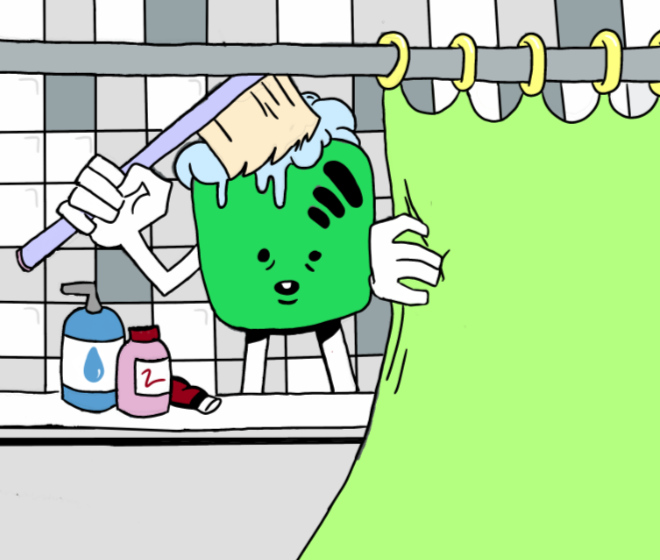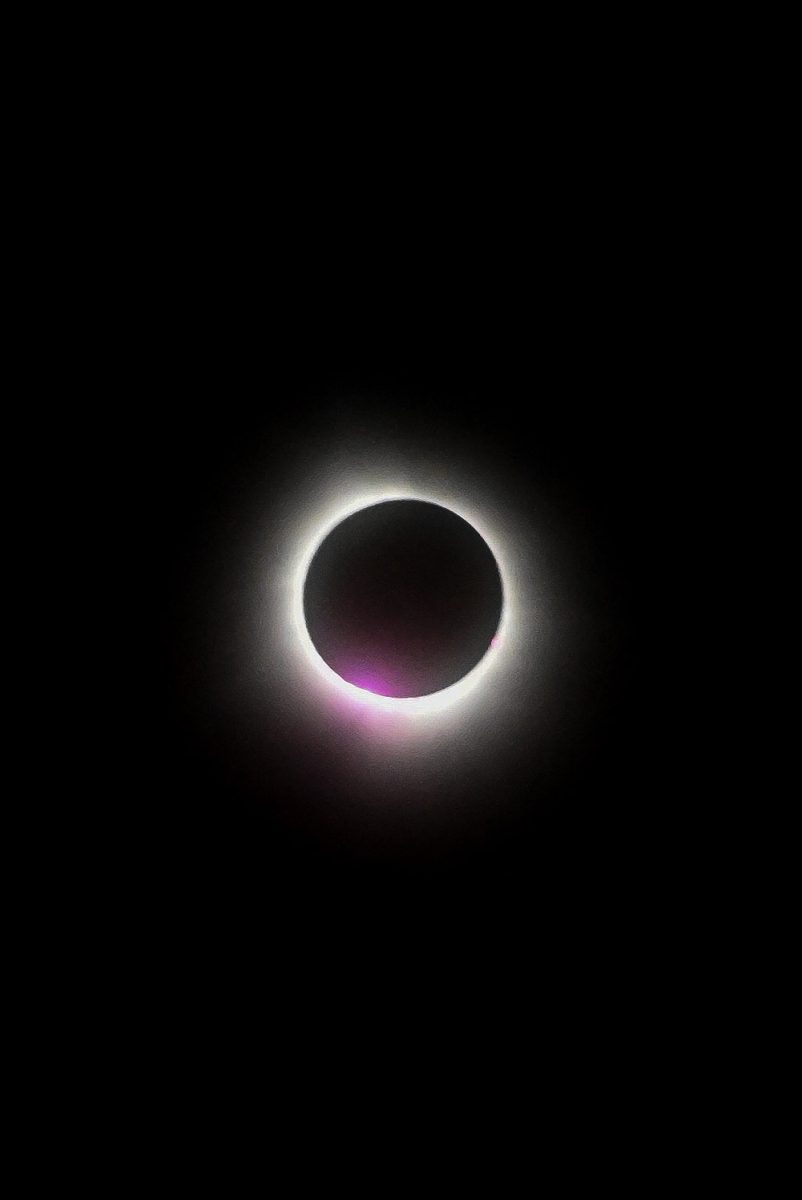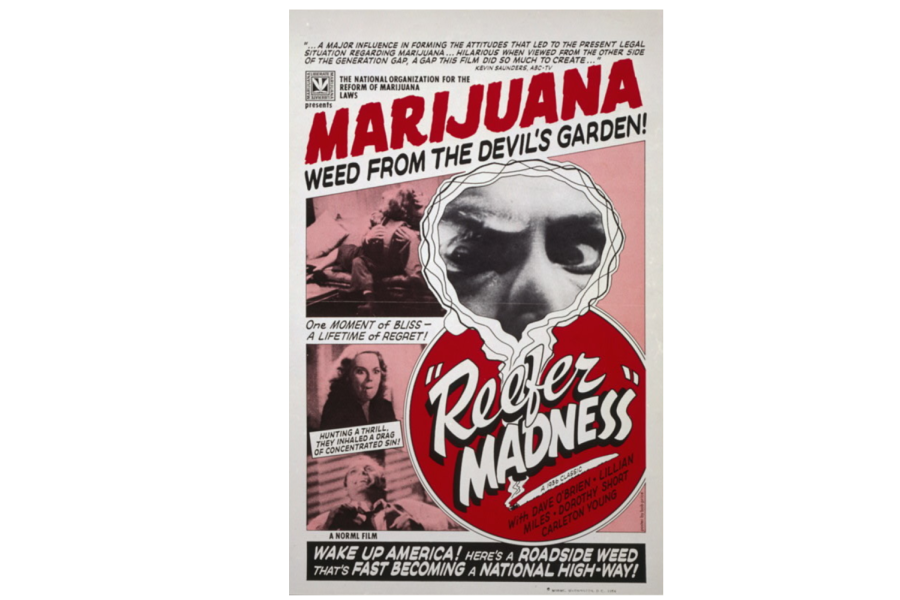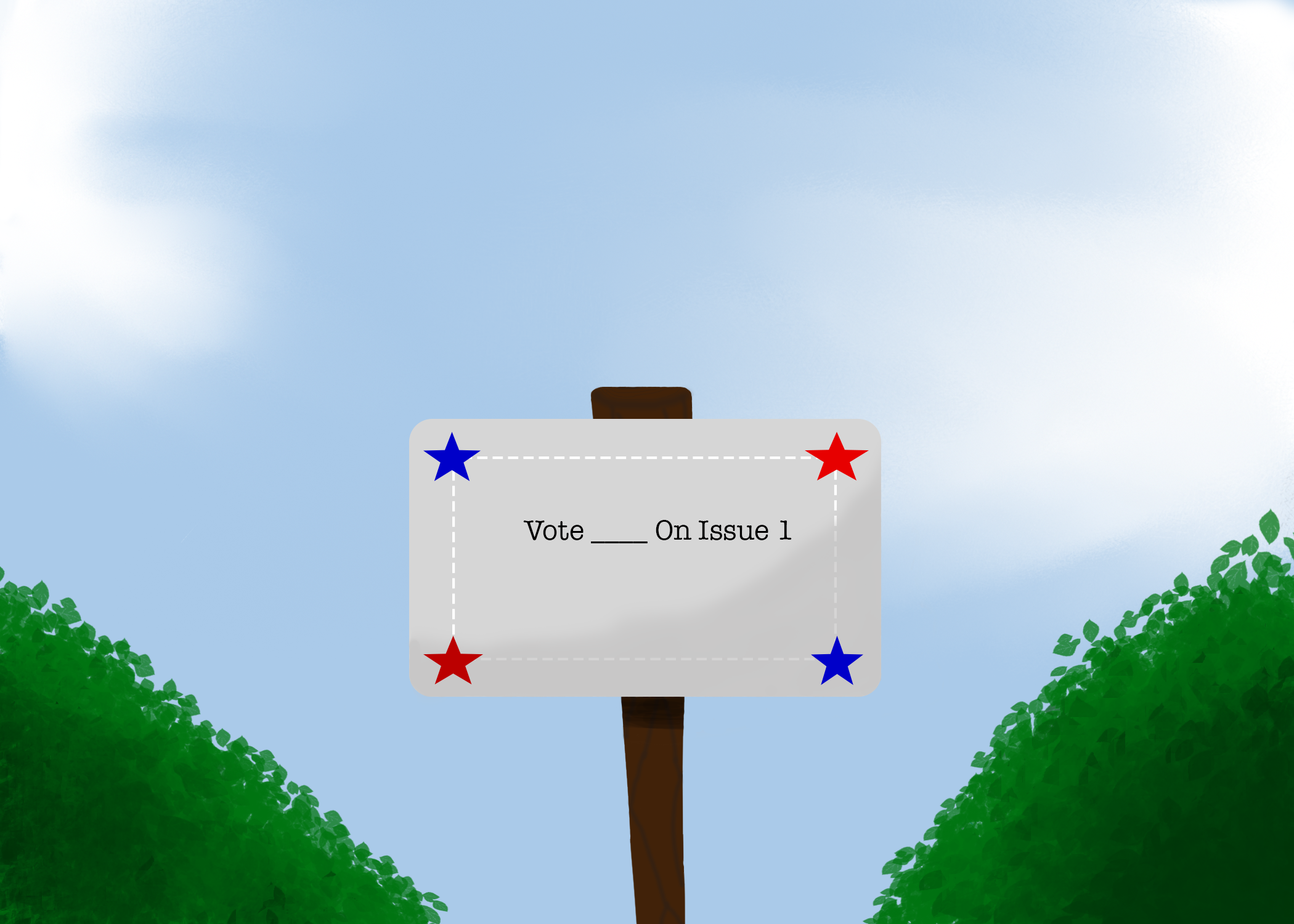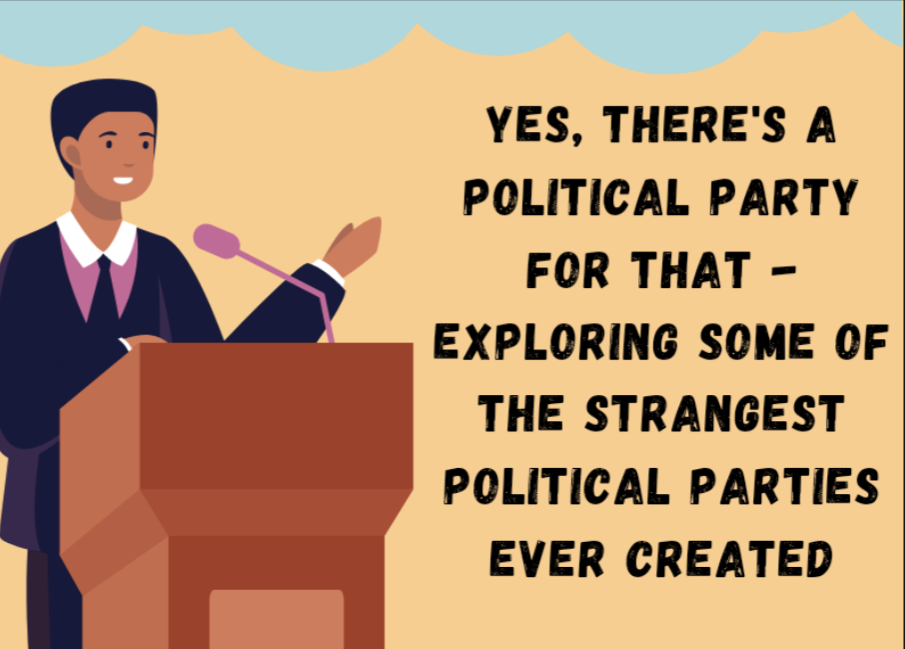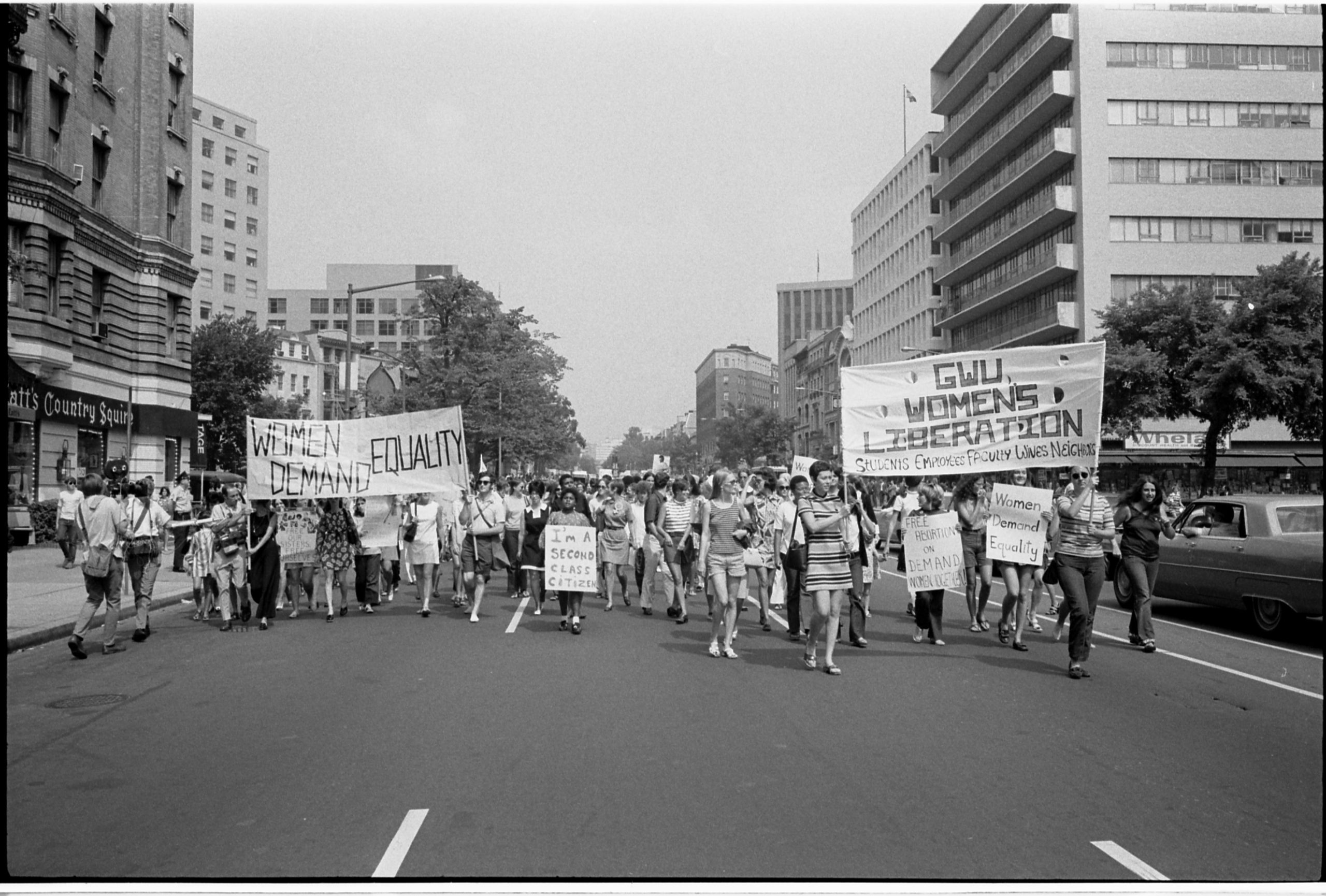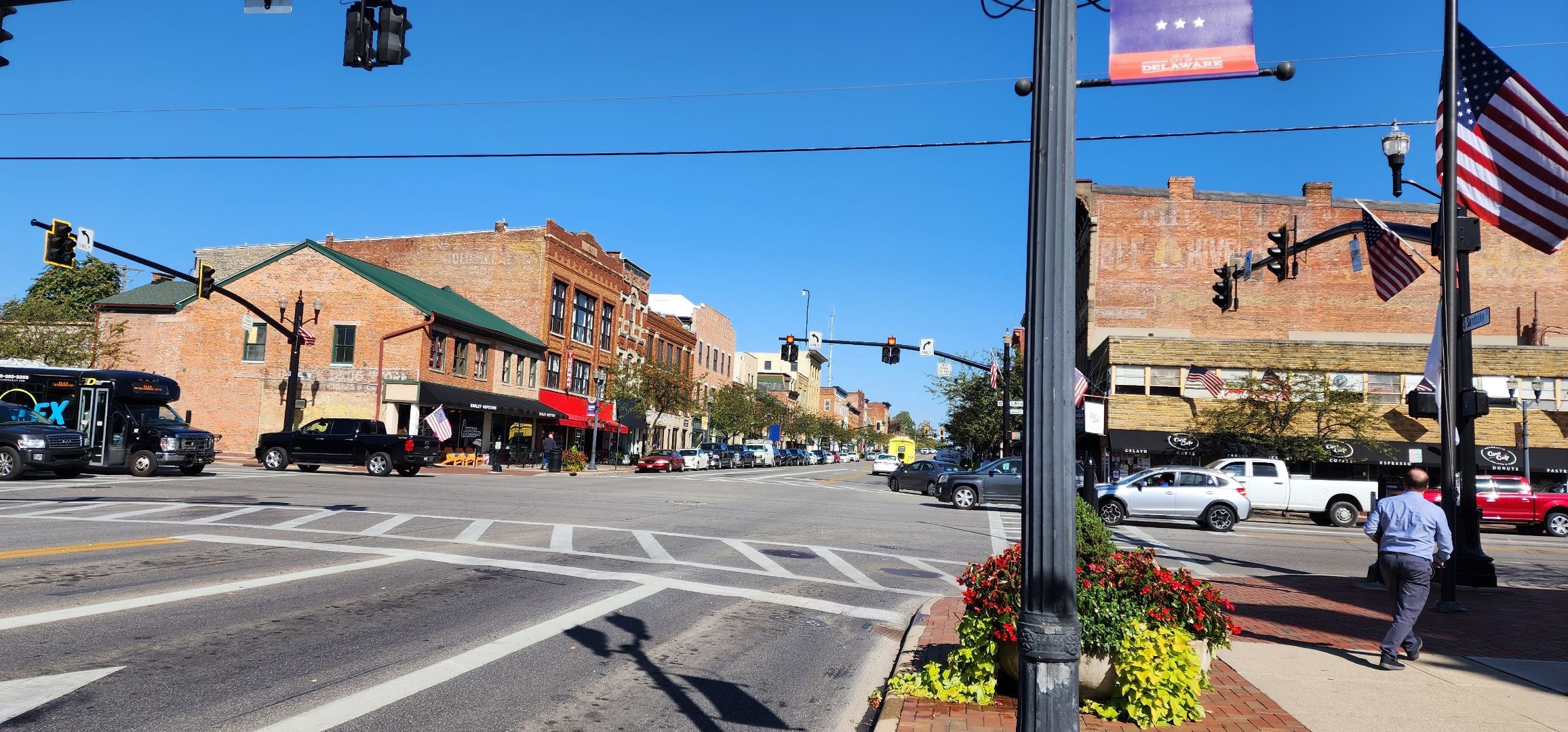Opinion: Really, medical marijuana isn’t that scary
Bob Price, The Library of Congress
A poster for the 1936 film “Reefer Madness.” The film contributed to public hysteria over Marijuana, many believing that the drug would cause insanity and violent tendencies.
October 17, 2022
Red on black, graffiti print, a half-naked humanoid lion and a dimly lit classroom full of cops and kids reciting “Just Say No,” the anthem of the anti-drug Reagan era.
Since then, these initiatives have morphed into a monstrosity that is of uniquely American creation: an undying, unchanging mass of well-intentioned federal dollars set towards the vaguely impossible goal of getting kids to stop using drugs.
Yet, the biggest failure of this is not that “Just Say No” is a vast underestimation of the power of the environmental pressures that students face, or that programs like DARE (Drug Abuse Resistance Education) will often unintentionally cause spikes in drug use among the groups that they intend to help, but that most of the instruction presented about particular drugs is based off of a history of racial biases, bad research, and corporate lobbying.
TUG OF WAR
Colonial Americans had a unique relationship with the cannabis plant; growing it not for recreational use, but for rope, sails and clothing.
This changed when the importation of other materials phased it out of operation, leaving the hallucinogenic in relative obscurity.
Then, the Mexican Revolution of 1910 brought waves of Latin American immigrants into the United States, and marijuana became as feared as the “alien” newcomers.
By 1931, 29 out of 48 states had outlawed the drug, and more were slated to follow suit.
Of course, these statutes were disregarded when the U.S. launched the “Hemp For Victory” campaign in the throes of World War II, where hundreds of thousands of acres were registered to the federal government to meet the demand for parachutes and other military gear.
A different war gripped the nation decades later: Reagan’s war on drugs, instating numerous policies cracking down on drug dealers and users with the full extent of the law, and introducing “Just Say No” drug education in most K-12 schools across the country.
Although Nixon’s 1972 Shafer commission found that marijuana’s personal use should be decriminalized at the federal level, Reagan, Nixon and nearly all presidents thereafter chose to ignore their findings in favor of leveraging weed as a tool to hammer marginalized communities.
Moral panic and structural racism as a result of the war on drugs has defined primarily Black communities as the issue, causing Black and brown people to be investigated, arrested, and jailed at a higher rate.
THE DEVIL’S MEDICINE
The 1920’s film “Reefer Madness” features a cautionary, yet entirely fictional, tale on how pot use can cause involuntary insanity, sexual fervor and worst of all, the sudden onset enjoyment of wild jazz parties.
A new kind of Reefer Madness has swept the United States alongside a wave of conservative, anti-drug pundits in recent years.
Today, we know that these claims are entirely and utterly false. In fact, cannabidiol, a substance found in the Marijuana plant, can be used to treat some types of epilepsy.
Cannabis can also lower blood pressure, reduce inflammation and pain and treat anxiety disorders.
Cannabis oil has proven itself effective against fighting cancer; alleviating the symptoms of chemotherapy and preventing the growth of cervical cancer cells.
Despite health benefits, the recreational usage of marijuana can cause long-term mental and physical damage to those under the age of 21.
Still, no amount of harm can excuse the injustices of the fear-fueled persecution and the stunting of helpful medical advancements in the name of public wellbeing.
Outlawed, repealed and outlawed again; used to appeal to misinformed hearts and minds wherever and whenever it was politically convenient: cannabis, hemp, weed or marijuana has worn many hats in the wardrobe of American dissent.
Until there is comprehensive reform on how we think about the usage of marijuana in America, we will never take this tool from the hands of those wishing to leverage our justice system for moral escapades.
With progressive political referendums and a rejection of stigma, we can Just Say No to fear mongering.













